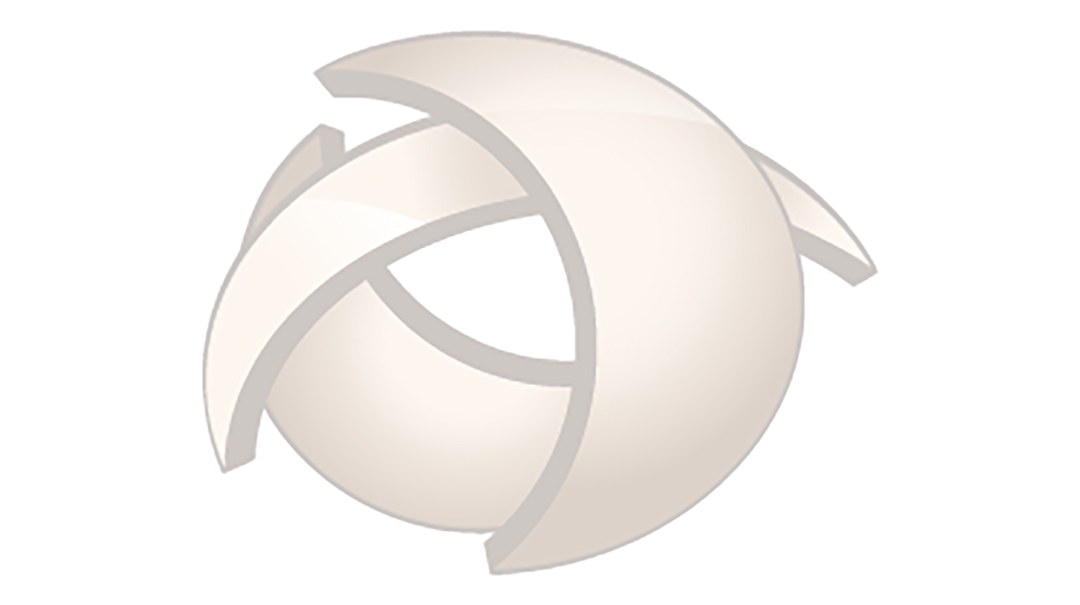your peripheral vision goes dark for a few seconds. Dizziness is common and can have many causes. Vertigo, however, is a little different. While dizziness is typically synonymous with “lightheadedness,” which creates the illusion of being unsteady, vertigo is typically a response to a physiological factor that is causing a quite literal imbalance in your body. Those experiencing vertigo have reported feeling as if they are “rocking” or “spinning,” even when they are sitting still.
Dizziness: Causes and Symptoms
Just a few of the many factors that can lead to dizziness include lack of sleep, poor nutrition, overexertion, or a physical ailment, such as a head cold or the flu. Dizziness can also occur from something as simple as standing up too quickly after an extended period of rest. Some accompanying symptoms to dizziness may include:
- Loss of balance
- Lightheadedness or heavy-headedness
- Momentarily impaired vision (i.e. tunnel vision)
- Feeling woozy or faint
Vertigo: Causes and Symptoms
The causes of vertigo aren’t nearly as many. In fact, vertigo is most commonly caused by an imbalance in the inner ear, also known as the “vestibular system.” Your vestibular system helps you maintain your balance and center of gravity by sending messages to your brain regarding your movement. When this is impaired, the necessary messages become blocked from your brain, and your movement becomes affected. You may feel as if the world is spinning around you, you can’t focus your vision for prolonged periods of time, or you can’t stand/move properly without feeling like you are going to topple over. Some common causes of vertigo include:
- Benign paroxysmal positional vertigo (BPPV): This is the most common cause
of vertigo. It occurs when the tiny calcium crystals located in your ears break apart
and move around to different parts of the ear, where they are not supposed to be.
This can cause sudden spinning sensations (vertigo) and inner-ear discomfort. - Meniere’s disease: This occurs when fluid builds up in your ear(s). This typically
includes “ringing” in your ear and sudden waves of intense dizziness that may last
for hours. You may also experience momentary hearing losses. - Vestibular neuritis: This is an inner-ear infection that can cause vertigo.
- Migraines: Migraines can impact your vestibular system, thus causing episodes of vertigo which may be coupled with a sensitivity to light or sound. Vision may also be impaired.
- Stroke: A stroke affects movement in your whole body. If you recently suffered a stroke, you may experience waves of vertigo that may linger for extended periods of time.
Some accompanying symptoms to vertigo may also include:
- Inability to focus or remain alert
- Double vision
- Nausea or vomiting
- Arm or leg weakness
- Difficulty seeing or speaking
- Sweating
- Abnormal eye movements
Get back on your feet with physical therapy:
Both dizziness and vertigo can hinder your daily life, limiting your ability to perform even the simplest of tasks. Luckily, many causes of dizziness and vertigo can be treated with
physical therapy. Meadowland Therapy can successfully diagnose and treat both dizziness and vertigo with vestibular rehabilitation. Vestibular rehabilitation includes treatments such as the canalith reposition maneuvers and gaze stabilization exercises to decrease the symptoms of dizziness and vertigo. If you are experiencing these symptoms call us today and we can get you back on the road to recovery.[/vc_column_text][/vc_column][vc_column width=”1/3″][mk_button corner_style=”rounded” size=”large” letter_spacing=”3″ icon=”mk-moon-clipboard-4″ url=” https://meadowlandtherapy.com/patient-forms/” target=”_blank” nofollow=”true” button_custom_width=”330″ margin_top=”15″ margin_right=”0″ bg_color=”#540000″]PATIENT INFO/FORMS[/mk_button][mk_button corner_style=”rounded” size=”large” letter_spacing=”3″ icon=”mk-icon-question-circle” url=”https://meadowlandtherapy.com/faq/” target=”_blank” nofollow=”true” button_custom_width=”330″ margin_top=”15″ bg_color=”#540000″]FAQ’s[/mk_button][mk_button corner_style=”rounded” size=”large” letter_spacing=”3″ icon=”mk-icon-male” url=”https://meadowlandtherapy.com/services-basic/” target=”_blank” nofollow=”true” button_custom_width=”330″ margin_top=”15″ bg_color=”#540000″]CONDITIONS WE TREAT[/mk_button][mk_button corner_style=”rounded” size=”large” letter_spacing=”3″ icon=”mk-moon-location-2″ url=”https://www.google.com/maps/dir/42.9191178,-112.4159531/meadowland+therapy/@42.9127021,-112.4811245,13z/data=!3m1!4b1!4m9!4m8!1m1!4e1!1m5!1m1!1s0x535545eaf91bf6e9:0x9aa1ffb145463f8d!2m2!1d-112.4718873!2d42.9048484″ target=”_blank” nofollow=”true” button_custom_width=”330″ margin_top=”15″ bg_color=”#540000″]CLICK FOR OUR MAP[/mk_button][mk_padding_divider][mk_contact_info title=”OUR LOCATION” phone=”(208) 233-4800″ fax=”(208) 233-4887″ email=”meadowlandtherapy@gmail.com” address=”1033 W. Quinn Road”][/vc_column][vc_column][/vc_column][/vc_row]


